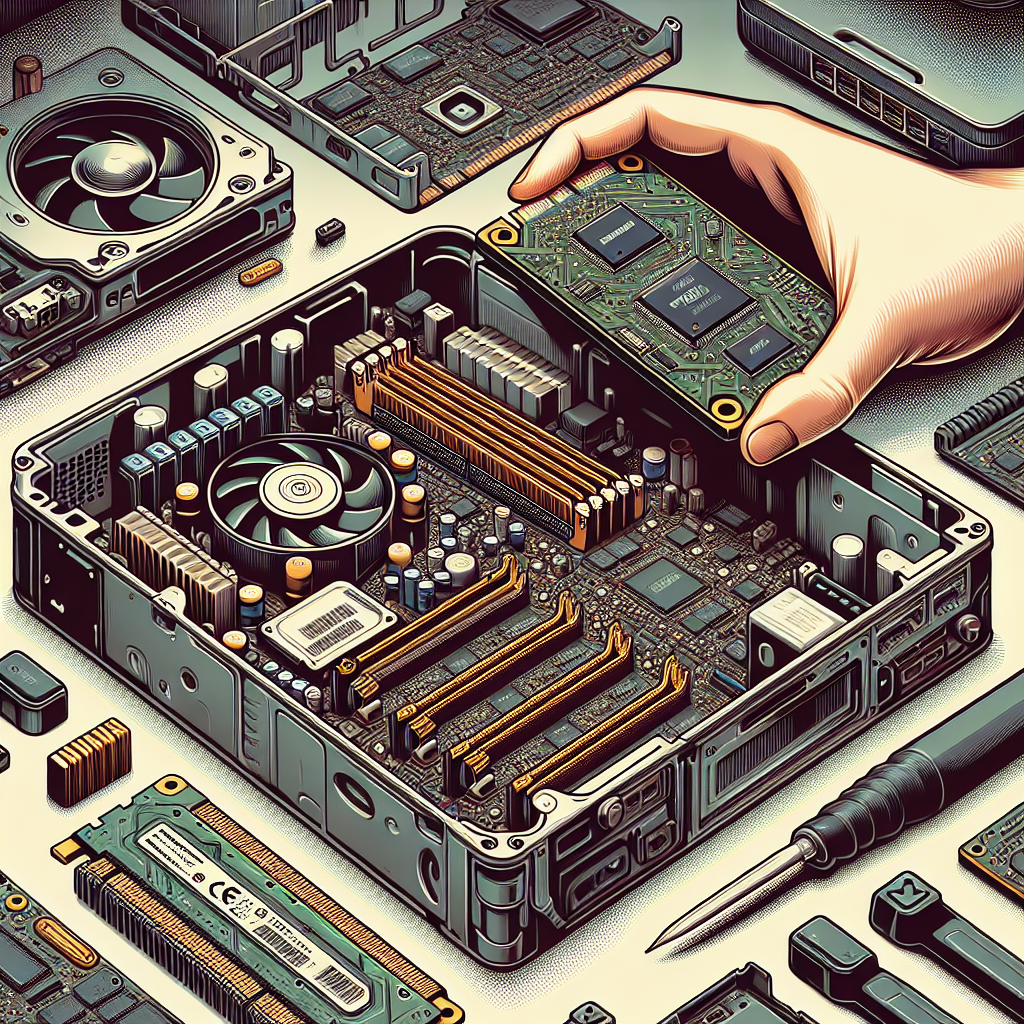How to Upgrade Your Computer with a Solid-State Drive
If you’re looking to boost the performance of your computer, upgrading to a solid-state drive (SSD) is a great option. SSDs offer faster data access speeds, improved system responsiveness, and increased overall performance compared to traditional hard disk drives (HDDs). In this article, we’ll guide you through the process of upgrading your computer with an SSD.
Why Upgrade to an SSD?
Before we dive into the steps of upgrading your computer with an SSD, let’s first understand the benefits of making this switch. SSDs use flash memory to store data, which allows for faster read and write speeds compared to HDDs that use spinning disks. This means that your computer will boot up faster, applications will load quicker, and overall system performance will be improved.
Additionally, SSDs are more durable and reliable than HDDs since they have no moving parts. This means that your data is less likely to be lost due to physical damage. Overall, upgrading to an SSD is a cost-effective way to breathe new life into your computer and improve its performance.
Steps to Upgrade Your Computer with an SSD:
1. Determine Compatibility: Before purchasing an SSD, make sure that it is compatible with your computer. Check the specifications of your computer to see if it supports SATA or NVMe SSDs. Additionally, make sure that you have enough space in your computer to accommodate the new SSD.
2. Backup Your Data: Before proceeding with the upgrade, it’s important to back up all of your important data. You can use an external hard drive, cloud storage, or a backup software to ensure that your files are safe in case anything goes wrong during the upgrade process.
3. Install the SSD: Once you have backed up your data, it’s time to install the SSD in your computer. Open up your computer’s case and locate the storage drive bay. Insert the SSD into the bay and secure it with screws. Connect the SATA or NVMe cable to the SSD and the motherboard.
4. Clone Your Operating System: If you want to transfer your operating system and files from your old HDD to the new SSD, you can use cloning software such as Acronis True Image or EaseUS Todo Backup. Follow the instructions provided by the software to clone your data to the SSD.
5. Configure the SSD: Once the cloning process is complete, you can set the SSD as the primary boot drive in your computer’s BIOS settings. This will ensure that your computer boots from the SSD and takes advantage of its faster speeds.
6. Enjoy Improved Performance: With the SSD successfully installed and configured, you can now enjoy the benefits of faster data access speeds, improved system responsiveness, and increased overall performance on your computer.
In conclusion, upgrading your computer with an SSD is a great way to boost its performance and extend its lifespan. By following the steps outlined in this article, you can easily upgrade your computer with an SSD and enjoy a faster, more responsive computing experience.


